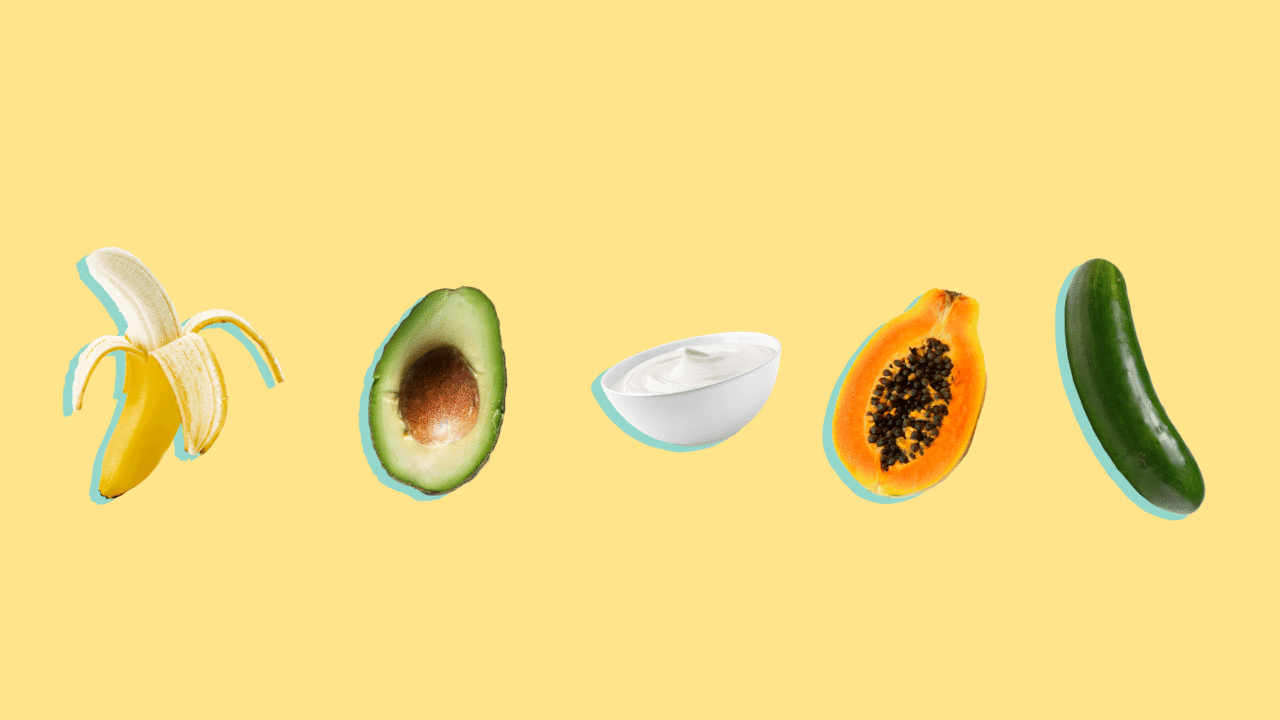As a health-conscious consumer, it’s always important to be aware of what you’re putting into your body.
Many illnesses are foodborne, and certain ingredients can also activate allergic reactions. The Food and Drug Administration (FDA) consistently monitors and regulates outgoing food products, making it a great resource to help you stay on top of your meals. The Centers for Disease Control and Prevention (CDC) also has a great list of risky food groups, so you can be extra careful when preparing your meals. Currently, these are the top foods for US Consumers to watch out for.
Leafy Greens
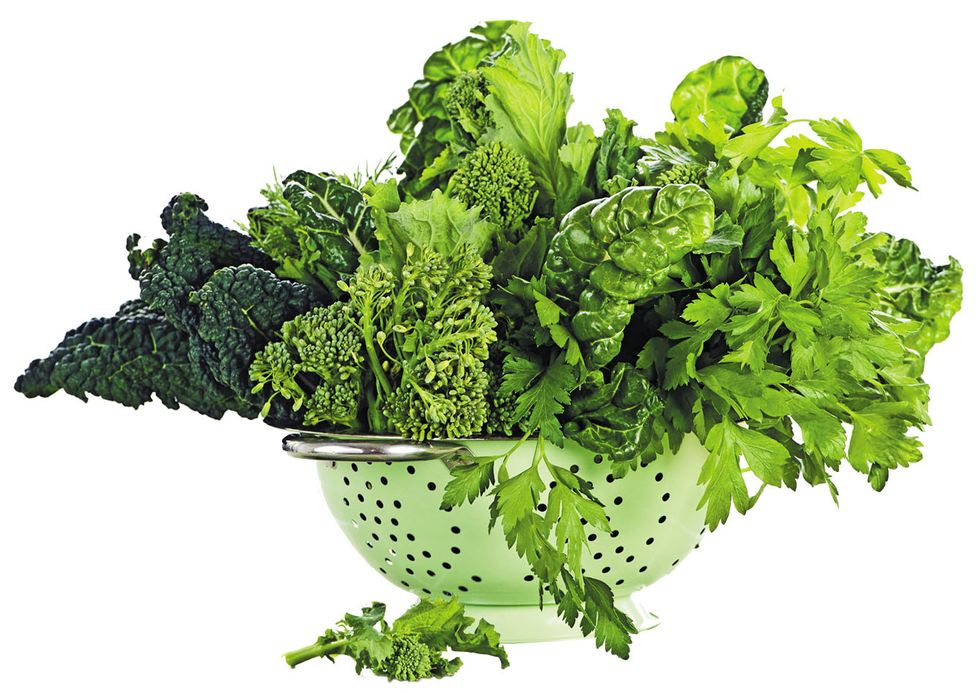 Different types of green vegetables in a stainless colandercloudfront.net
Different types of green vegetables in a stainless colandercloudfront.net
While salad is exceedingly healthy, raw or improperly washed greens can be a hotbed for dangerous germs including Salmonella, E. coli, and Listeria. Most recently, an outbreak of E. coli linked to California-grown romaine lettuce infected 62 people, hospitalizing 25. As of January 19, 2019, the outbreak seems to be over, according to the CDC. California-grown romaine lettuce should be safe to eat once again, but even so, it doesn’t hurt to practice caution at the salad bar.
Raw Flour
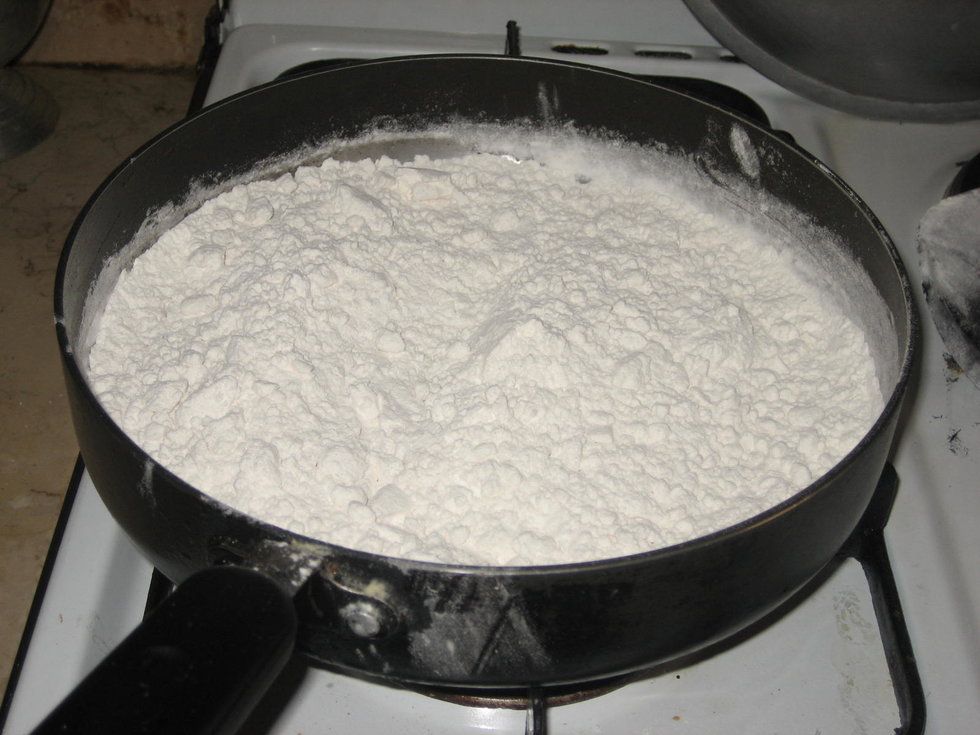 WordPress
WordPress
You may love the taste of raw cookie dough, but anything containing uncooked flour is unsafe to eat. This is because flour is a raw agricultural product that hasn’t been treated to kill potential germs. As a result, any contamination of the grain in the field can travel to your plate. The bacteria is killed through cooking though, so as long as you bake your desserts, you’ll be fine.
Raw Oysters
 Business Post
Business Post
Raw oysters are a wonderful delicacy, but they can also pose health risks if harvested from contaminated waters. If the water contains norovirus, it can be easily spread through raw oysters, along with Vibrio bacteria, which can lead to vibriosis. To avoid potential food poisoning, try cooked oysters as an alternative.
Eggs
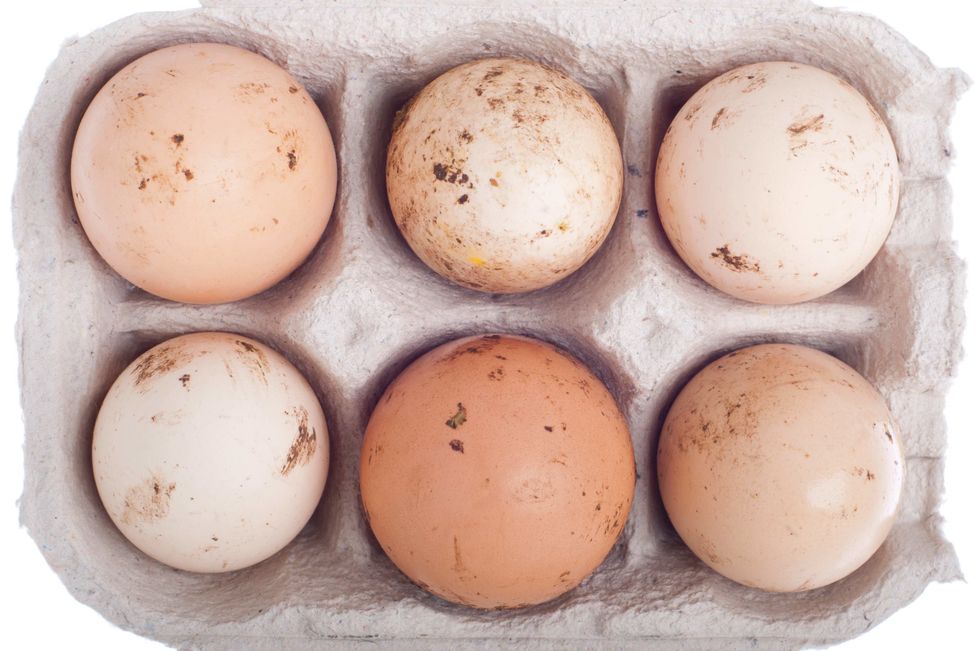 mypetchicken.com
mypetchicken.com
Eggs are an amazing source of healthy fat and protein. That being said, they can also contain Salmonella, a germ which can make you ill. To be safe, always buy pasteurized eggs and egg products, and be sure to cook eggs well until the yolks and whites are firm. Also, be sure to keep eggs refrigerated at 40º or colder.
Raw Milk, Cheese, and Dairy
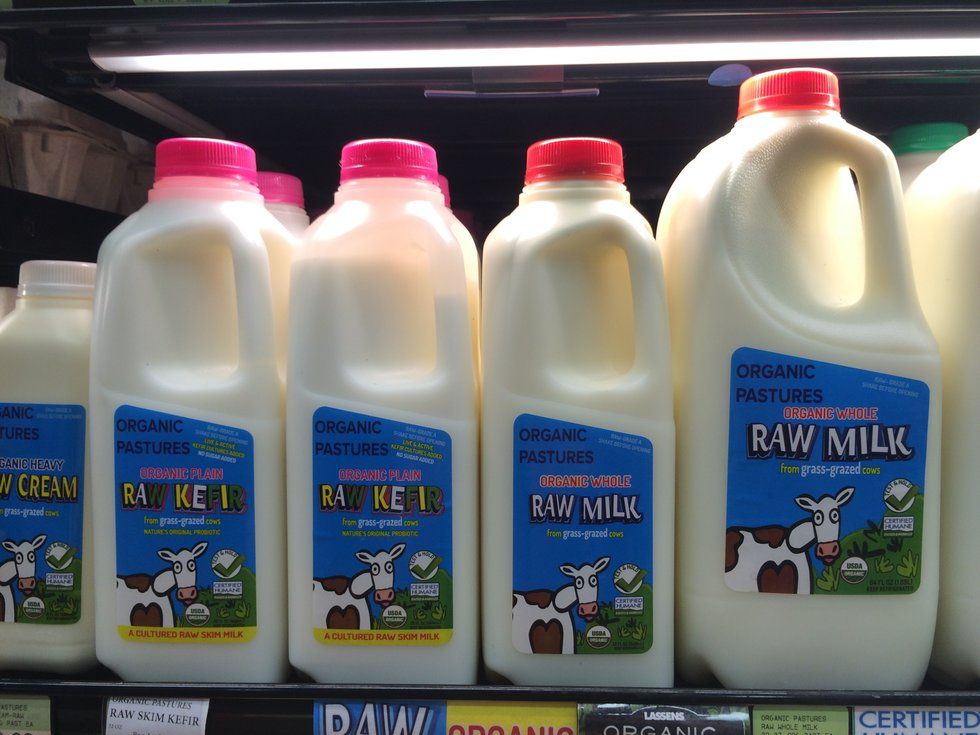 images1.laweekly.com
images1.laweekly.com
Everyone enjoys dairy products like cheese, yogurt, and ice cream. But raw dairy products are known to contain harmful germs such as Campylobacter, Cryptosporidium, E. coli, Listeria, and Salmonella. To avoid these, make sure your dairy products are pasteurized, and be especially careful of raw milk and soft cheeses like feta and brie.
Chicken, Beef, Pork, and Turkey
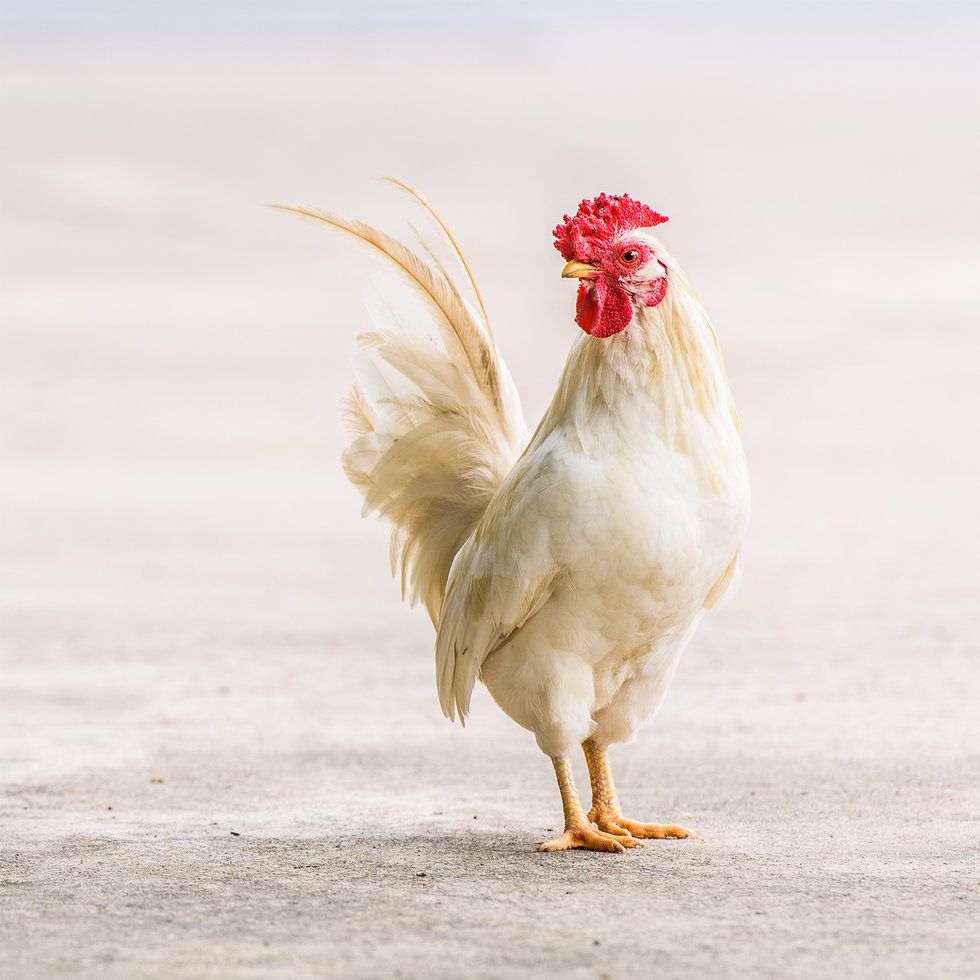 LibertyFHG
LibertyFHG
Raw meat contains all sorts of germs including Campylobacter, Salmonella, Clostridium perfringens, Salmonella, E. coli, and Yersinia. As such, always be sure you’re using fresh, unexpired meat, and cooking it thoroughly to kill any potential bacteria. Also, do not wash meat before cooking. This poses the risk of spreading harmful bacteria to other surfaces and utensils.
Always be sure to stay up-to-date on FDA advisories before going grocery shopping, and be aware of proper cooking methods, too. Knowing what products are safe and what products to avoid can help protect you and your family from serious foodborne illnesses.
- The Most Dangerous Foods on the Planet | Reader’s Digest ›
- 10 deadly foods you probably have in your kitchen | Fox News ›
- Complete List – Top 10 Most Dangerous Foods – TIME ›
- 18 most dangerous foods in the world ›
- The Most Dangerous Foods in the World – Condé Nast Traveler ›
- The 14 Most Dangerous Foods in the World | MyRecipes ›
- The 13 most dangerous foods in the world ›
- The 9 Most Dangerous Health Foods | Livestrong.com ›

